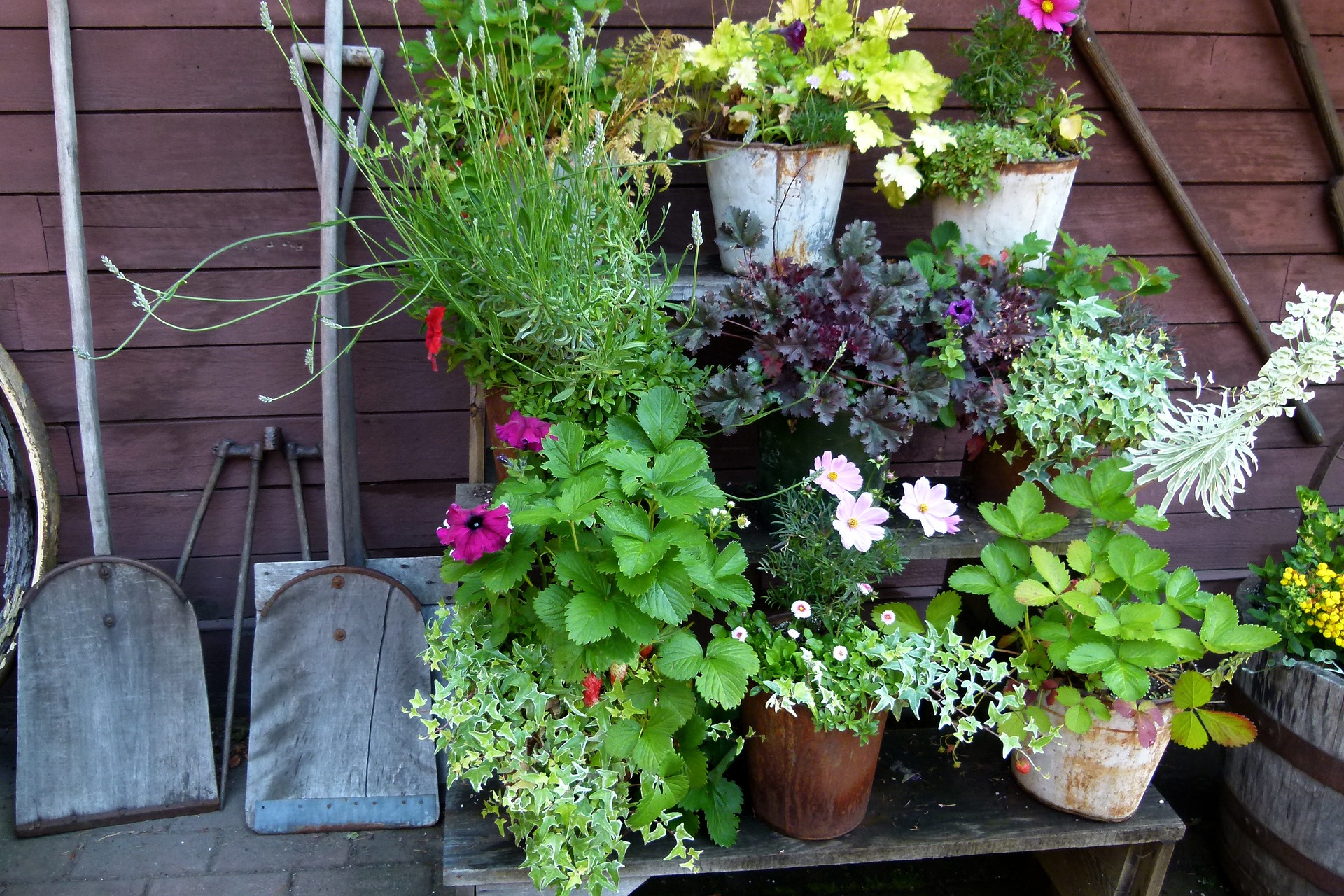DIY vertical planters for fresh kitchen herbs
Grow fresh kitchen herbs in small spaces with DIY vertical planters that combine clever organization and simple gardening techniques. This article explains design options for indoor and balcony setups, practical upcycling ideas, irrigation and composting basics, and maintenance tips to keep herbs productive and tidy.

Creating a vertical herb garden brings fresh flavors to your kitchen while freeing up counter and patio space. Whether you live in an apartment with a narrow balcony or have a sunny indoor nook, vertical planters let you organize herbs efficiently and declutter growing areas. This guide covers practical planter choices, upcycling options, irrigation and composting basics, and care routines so your kitchen herbs stay healthy and easy to harvest.
How do vertical planters save space and declutter?
Vertical planters maximize growing area by stacking containers upward, which is ideal for small kitchens, patios, or balconies. Arrange herbs by sunlight needs and size to avoid overcrowding: taller plants at the top or back, compact varieties front or bottom. Use wall-mounted pockets, tiered shelves, or ladder-style racks to keep pots off countertops and organized. Proper arrangement reduces clutter, creates dedicated storage for tools and soil, and makes harvests quicker — a tidy layout also simplifies watering and pruning routines.
Which planters work for indoor or balcony use?
Material and drainage matter for both indoor and balcony setups. Lightweight plastic or resin planters suit balconies, while ceramic or glazed pots can enhance indoor aesthetics but add weight. Choose containers with drainage holes and pair saucers or catch trays indoors to protect surfaces. Hanging planters, pocket organizers, and modular wall systems provide options for balconies and small patios without obstructing walkways. Consider lighting needs: balconies often get natural light, while indoor planters may require supplemental grow lighting to keep herbs vigorous.
How can upcycling be used for planters and organization?
Upcycling common household items turns clutter into functional planter systems. Repurpose wooden pallets, shoe organizers, wine crates, gutters, or old gutters as vertical planters with minimal modification. Line containers with landscape fabric or plastic for soil retention, and drill drainage where necessary. Upcycling supports sustainable landscaping practices and keeps waste out of landfills. Combine upcycled planters with simple storage solutions like hanging baskets or wall hooks to store small tools, labels, and seed packets near your herb wall.
What irrigation and composting tips improve growth?
Consistent moisture and nutrient-rich soil are essential for productive herb planters. For irrigation, choose drip tubing, self-watering pots, or a simple soak-and-drain schedule to avoid waterlogged roots. Use well-draining potting mixes amended with compost to supply nutrients and encourage root health. Small-scale composting — a kitchen caddy for vegetable scraps and a compact compost bin or vermicompost system — provides nutrient-rich amendments you can mix into potting soil. Monitor soil moisture and adjust irrigation frequency for indoor lighting and seasonal changes.
How to handle pruning, mulch, and lighting for herbs?
Regular pruning keeps herbs bushy and productive and prevents legginess under lower light. Pinch back flowering stems on culinary herbs to prolong leaf production. Apply a thin layer of mulch (e.g., shredded bark or compost) around the base to retain moisture in outdoor or balcony planters, but avoid heavy mulches in small indoor pots that can limit airflow. Lighting is critical indoors; most culinary herbs need 6 hours of bright light. If natural light is insufficient, use full-spectrum LED grow lights positioned a few inches above plants and set on a timer to mimic daylight cycles.
How do vertical planters fit patio and landscaping plans?
Vertical herb planters can be integrated into broader patio or landscaping designs as living walls, privacy screens, or accent features. Group planters near seating areas or along fences to add fragrance and visual interest. When incorporating into landscaping, select container materials and colors that complement existing surfaces, and plan irrigation lines or hose access to simplify maintenance. For balconies, choose lightweight modular systems you can relocate seasonally. Ensure plant choices align with microclimates: sun exposure, wind, and temperature variations will affect herb selection and placement.
Vertical planters are a practical solution for growing fresh herbs in limited space and can be adapted to indoor kitchens, balconies, and patios through careful organization, appropriate planter materials, and straightforward care routines. By combining upcycling ideas, reliable irrigation, small-scale composting, and routine pruning, you can maintain a tidy, productive herb wall that supports cooking and adds greenery to your living space. Thoughtful placement and lighting choices will keep your herbs healthy year-round without overwhelming your storage or landscaping plans.





